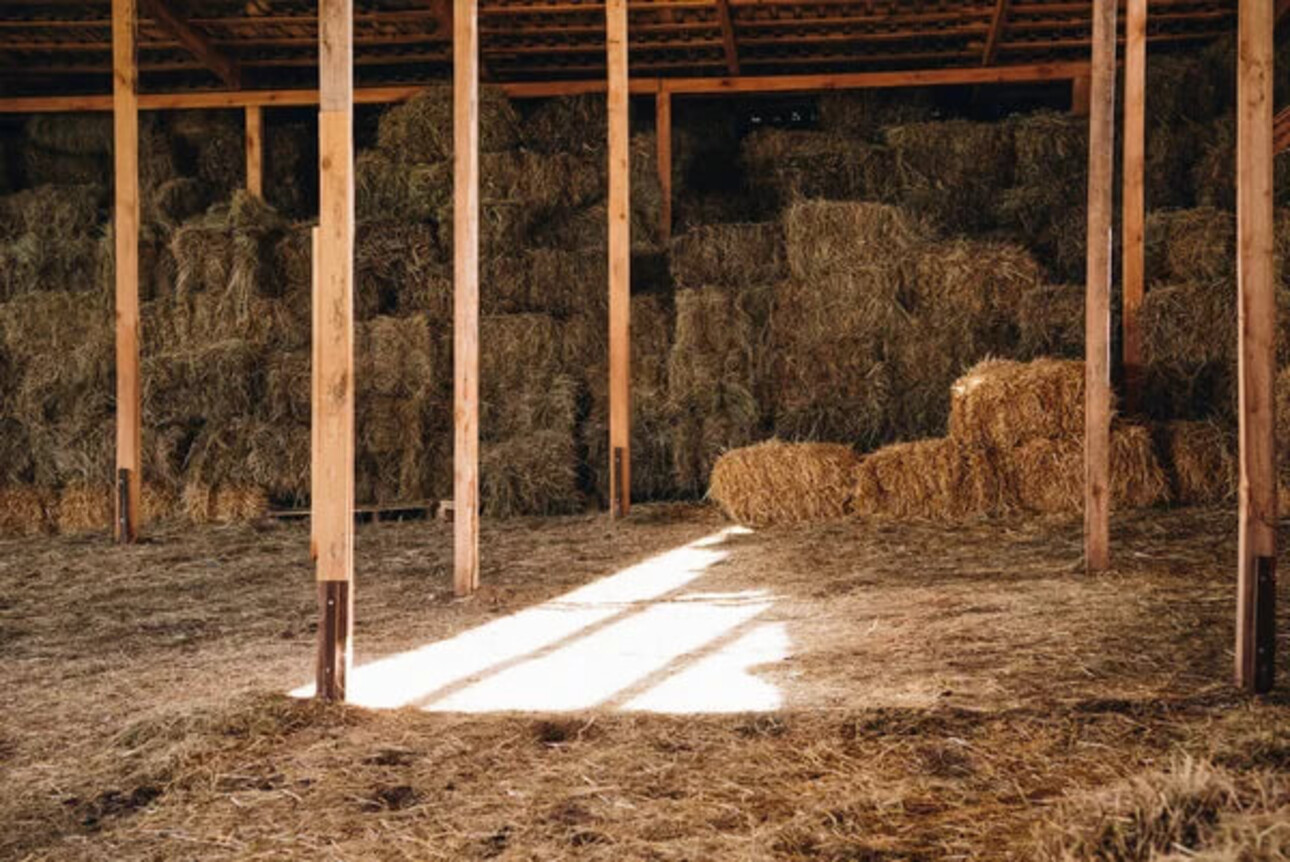
Agricultural outbuildings, whether barns, sheds, silos or livestock buildings, play a crucial role in preserving crops, equipment and sometimes even livestock. However, these premises are often the target of pests such as rats. Capable of causing major damage to property, contaminating foodstuffs and transmitting disease, rats are a real scourge for farmers. Protecting your outbuildings from these rodents requires foresight, vigilance and the application of appropriate methods. Find out in this article how to effectively protect your outbuildings from rats and ensure the safety of your property.
Before even thinking about solutions, it's essential to know your enemy. Rats are particularly attracted to environments where they can easily find food, water and shelter. Agricultural outbuildings, rich in cereals, fodder and seeds, as well as dark, damp corners, are ideal breeding grounds. The brown rat (or surmulot) and the black rat are the two most common species in rural areas. These prolific rodents travel in groups and can quickly outwit traps if no preventive measures are put in place.
Rats don't just eat your stock: they can also gnaw through electrical cables, damage insulation, dig into the earth beneath foundations and damage sanitary installations. They can also contaminate animal feed, leading to serious illnesses in livestock and pets, not to mention the risk of transmitting pathogens to humans (leptospirosis, salmonellosis, etc.). For farmers, allowing these rodents to settle in means exposing themselves to economic losses, a high health risk and rapid deterioration of their facilities.
One basic measure is to avoid giving rats what they are looking for: food and shelter. There are a few things you can do to avoid this: Store seeds and animal feed in strong, airtight containers (preferably metal). Regularly pick up seeds and fodder that have fallen to the ground. Avoid piles of wood, rubbish or unused equipment, which provide ideal hiding places for rodents. Clean the outbuildings frequently and maintain the surrounding green areas.
Rats can squeeze through openings less than 2 cm in diameter. Regular checks on buildings are therefore essential: plug holes, cracks and gaps in walls, floors or roofs with cement, fine mesh or expanding foam. Always close doors and windows, especially at night. Install metal grids over air vents and water drains to prevent any intruders.
Keep outbuildings well ventilated, and laid out in such a way as to make it difficult for rats to move around. Concrete floors are preferable to clay, which is easier for rodents to dig through. Good lighting will also discourage rodents from settling in for long periods.
Adopting a cat, encouraging the presence of birds of prey or garter snakes (which prey on small rodents) can be an ecological solution. Farm cats are excellent rat hunters - provided they are active and have access to the buildings concerned.
Setting up rat traps in high-traffic areas (faggots, mechanical traps or cages) is an effective method if it is regular and adapted to the degree of infestation. Ultrasonic devices can also be used, although they are most effective for prevention. There are also natural repellents, such as peppermint or eucalyptus essential oils, which can be diffused in strategic places to limit the intrusion of rodents.
When the presence of rats becomes massive or difficult to contain, it is advisable to turn to a professional solution for a safe and lasting treatment (see here). These experts have the right equipment, regulated products and techniques that comply with current regulations.
Controlling rats in farm buildings starts with effective prevention: maintenance, cleaning, securing access, trapping and using natural predators. By taking these steps on a daily basis, you can protect your buildings and limit the risks to health and property. In the event of a severe pest outbreak, our professionals are there to help you return to a safe and healthy environment, thereby preserving the performance of your farm and the quality of your agricultural assets.